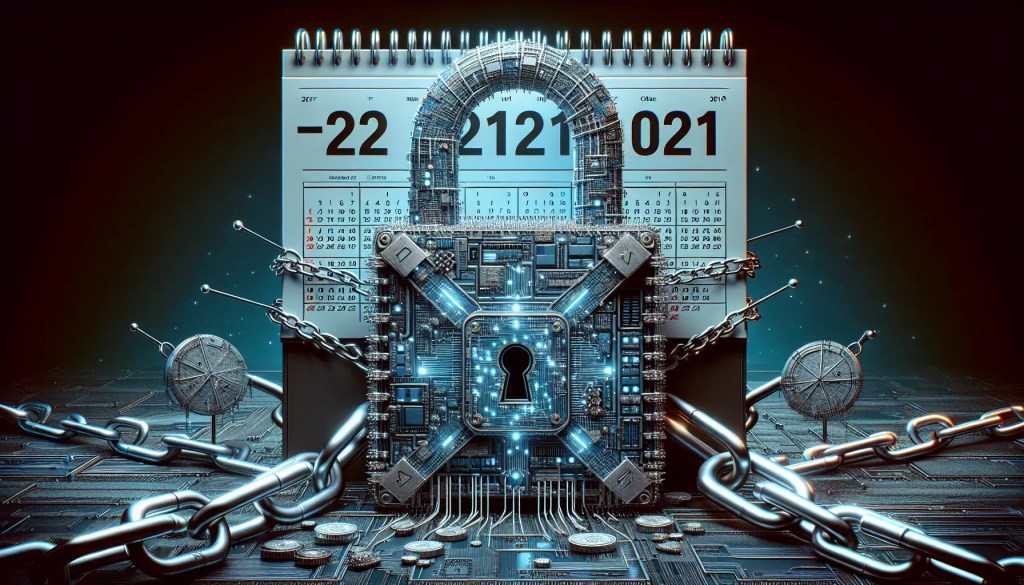Key Points
Crypto custody solutions, despite significant investment and technical advancements, are still stuck in the past. Companies like Web3Auth and Argent are attempting to simplify crypto custody, recovery, and usage, but the reality has been largely disappointing.
The Convenience Dilemma
Traditional finance offers convenience and peace of mind, with safeguards such as password resets and dispute resolutions. These safeguards, however, are largely absent in the crypto world, except for centralized parties like the now-bankrupt Celsius. Managing private keys and securing transactions require a level of tech-savviness that many users lack. As a result, the use of crypto is more prevalent in gambling than in everyday financial activities.
Custody solutions, as the primary access point to crypto, need to offer more than just asset holding. Users need to feel confident engaging with the DeFi ecosystem. However, platforms like Gnosis Safe, now rebranded as Safe, despite having over $100 billion in assets stored, are underutilized. Over 5,000 Safes are created each month on the Ethereum mainnet, but these are mainly used for crypto cold storage rather than active DeFi interaction.
Despite the availability of over 100 apps to make Safes easier to use, many users still rely on their Externally Owned Accounts (EOAs) when interacting with DeFi. This risky practice is firmly rooted in 2021. The data suggests that 99.4% – 99.9% of token transfer volume happens via a Safe Creator’s EOA, not their Safe. This statistic highlights the industry’s current approach to crypto custody, combining utility and security.
Raw ETH usage may be a positive sign. Blockchains are typically used today by wrapping raw ETH into Wrapped Ether (WETH) via a 1:1 smart contract to enable it to be more easily used in DeFi. However, less than 3% of Ethereum supply is wrapped. A disproportionate amount of activity in crypto is basic peer-to-peer sendings of the native asset, and only a small percentage of human-operated addresses actually interact with DeFi protocols.
Path Forward: Simplification at Custody Level
Progress has been made in protecting users since 2021, especially at the wallet layer. Projects like Rabby, Rainbow, Coinbase Wallet, and industry leader Metamask have focused on preventing user losses via transaction simulation, approval management, and warnings for potentially malicious contracts. However, these still operate on the framework of users managing private keys that control their funds 1:1.
The industry is experimenting with alternatives to this framework. Proposals include giving your account to a smart contract (EIP-3074), turning your account into a smart contract (EIP-7702), and abstracting how transactions are created and managed (EIP-4337). These projects differ in complexity and assumptions and require changes to Ethereum itself.
The industry should focus on practical UX solutions that can be readily adopted without every app generating an Nth wallet for a user or fiddling too much with the inner workings of Ethereum. The good news is we’re trending in the right direction. More L2s come online every week, lowering the cost of DeFi. The industry is tired of hearing about infrastructure and having more hard conversations on organic user growth instead of airdrop farmers. Apps are launching more mobile native experiences, including integrating wallets as a service and social recovery. The mission for a decentralized, robust, permissionless, censorship-resistant alternative to the modern financial system(s) is alive and well.
